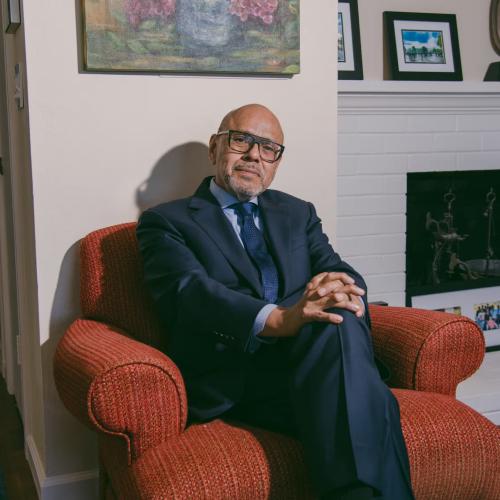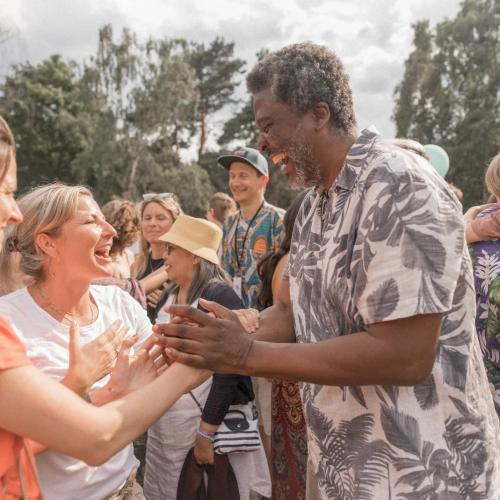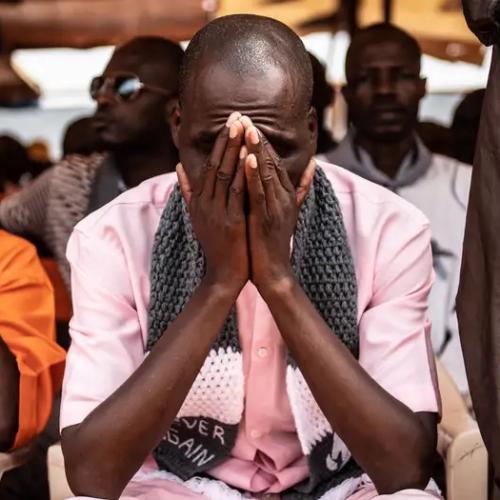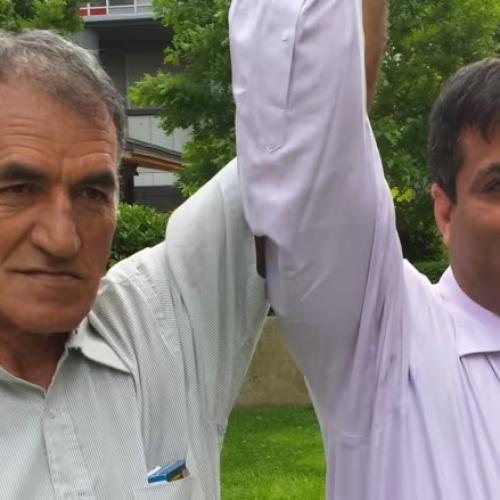Related Stories
The civil rights leader almost nobody knows about gets a statue in the U.S. Capitol
Key Excerpts from Article on Website of Washington Post
Posted: November 19th, 2019
https://www.washingtonpost.com/history/2019/09/20/civil-righ...
Standing Bear was born sometime between 1829 and 1834 in the Ponca tribes native lands in northern Nebraska. In 1876 ... Congress declared that the Poncas would be moved to Indian Territory in Oklahoma. More than a third of the Poncas died of starvation and disease including Standing Bears sister and his beloved son. Standing Bear and his burial party evaded capture while they traveled home but were caught and detained after visiting relatives at the Omaha reservation. The man who caught them, Brig. Gen. George Crook ... was moved by Standing Bears reasons for leaving the Indian Territory and promised to help him. The civil rights case that resulted was called Standing Bear v. Crook. The U.S. attorney argued that Standing Bear was neither a citizen nor a person. On the second day, Chief Standing Bear was called to testify, becoming the first Native American to do so. He raised his right hand and, through an interpreter, said: My hand is not the color of yours, but if I pierce it, I shall feel pain. If you pierce your hand, you also feel pain. The blood that will flow from mine will be the same color as yours. The same god made us both. I am a man. The judge agreed, ruling for the first time in U.S. history that the Indian is a person and has all the rights and freedoms promised in the Constitution. The judge also ordered Crook to free Standing Bear and his people immediately. Standing Bear ... buried his son alongside his ancestors. When he died there in 1908, he was buried alongside them, too.
Note: Explore a treasure trove of concise summaries of incredibly inspiring news articles which will inspire you to make a difference.
Related Stories
Top Inspiring News Articles
Top Inspiring News Articles from Years Past













































































